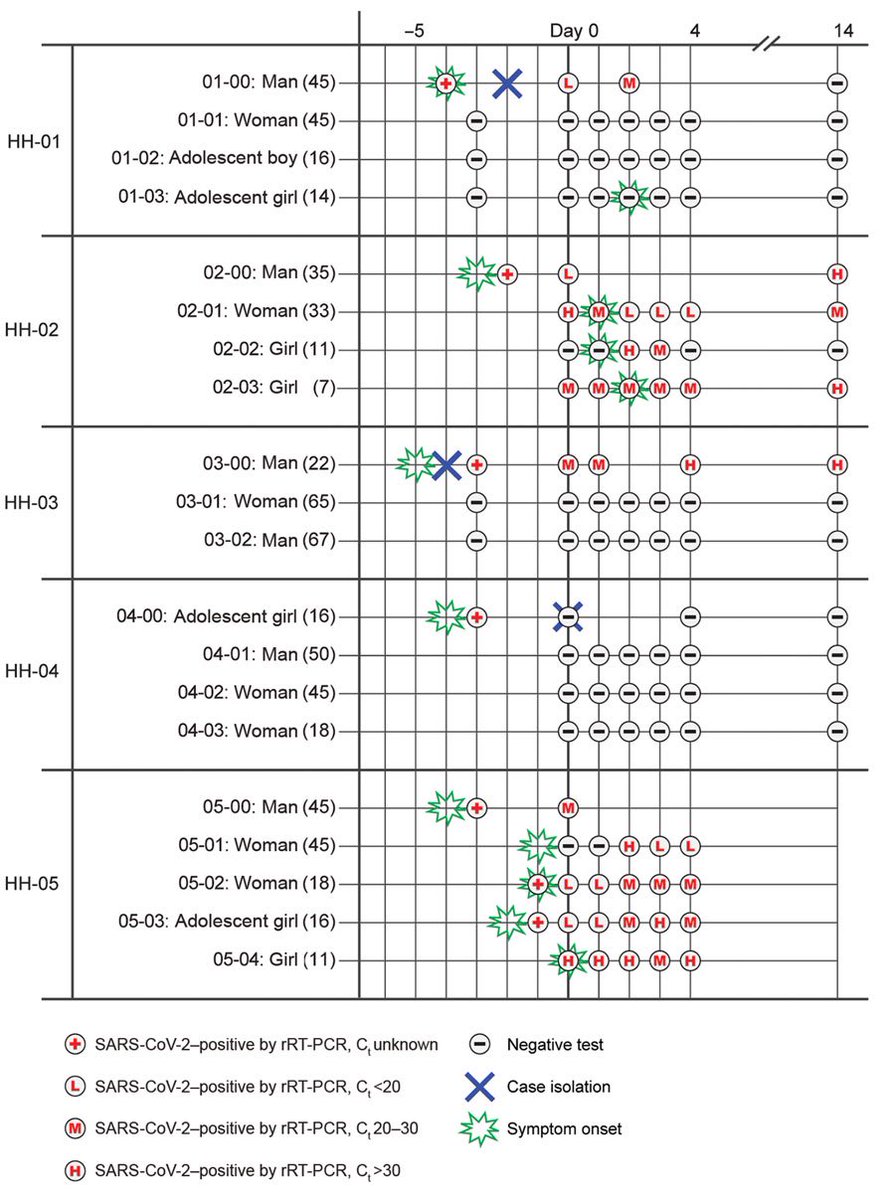
(1/5) Study of a biomarker of blood clots in small blood vessels in 50 children with mild (n=21) & severe (n=11) #COVID19, and MIS-C (n=18).
➡️ Biomarker elevated in all groups.
➡️ Evidence of kidney injury in 10% of mild cases (36% severe, 28% MIS-C).
ashpublications.org/bloodadvances/…
➡️ Biomarker elevated in all groups.
➡️ Evidence of kidney injury in 10% of mild cases (36% severe, 28% MIS-C).
ashpublications.org/bloodadvances/…

(2/5) The children with mild illness included hospital patients in which #SARSCoV2 had been identified in routine testing before admission (unrelated to #COVID19).
As such, it is possible they may not be representative of mild cases generally.
As such, it is possible they may not be representative of mild cases generally.
(3/5) It is unclear what the long-term implications of this study are. It is possible these findings are fully reversible.
(4/5) However, there is also the possibility that children who had evidence of blood clots in small blood vessels (TMA) may be at increased risk of developing chronic disease, including cardiovascular and kidney disease in later life.
(5/5) More research with larger samples of children, particularly those from the general community rather than hospital settings, is required to understand whether this is common.
Follow-up of affected children is needed to determine whether there are any long-term consequences.
Follow-up of affected children is needed to determine whether there are any long-term consequences.
• • •
Missing some Tweet in this thread? You can try to
force a refresh









